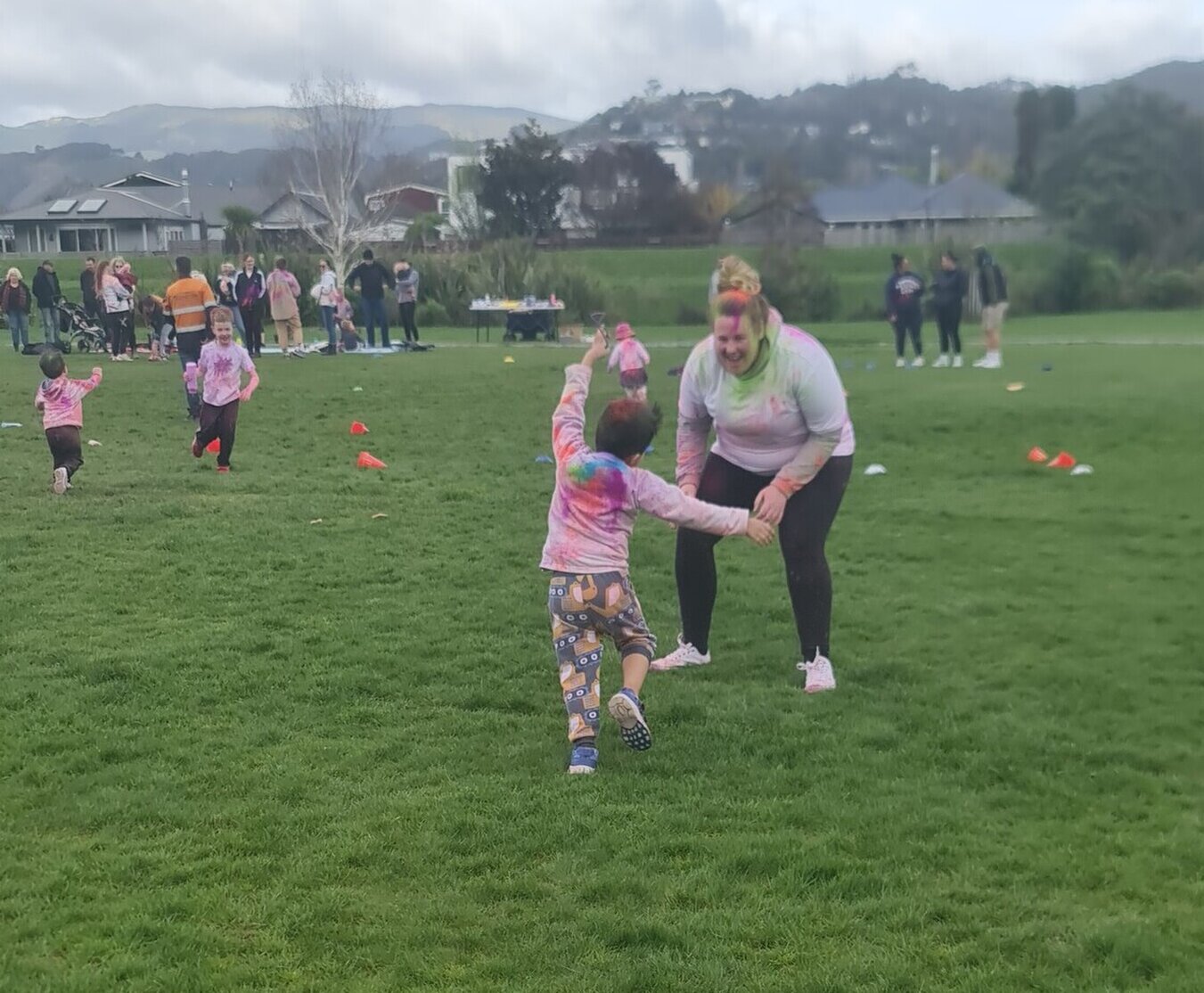The Magic of Messy Play: Why We Welcome the Mess
At Heretaunga Park, we believe that messy play is meaningful play. Whether it’s squishing playdough, finger-painting, mixing mud potions, or experimenting with shaving foam, messy play gives children the freedom to explore, create, and express themselves in a way that’s joyful, unstructured, and full of learning.
It might look like a bit of chaos to grown-up eyes, but in those splatters and smudges, important brain development is happening.
What is Messy Play?
Messy play refers to any activity that lets children explore different textures, materials, and sensations without a set outcome. It’s open-ended and hands-on, using materials like:
Paint, clay, and playdough
Water, mud, and sand
Cornflour and water (oobleck)
Shaving foam and bubbles
Natural materials like leaves, petals, and stones
Food-based play like cooked pasta, rice, or jelly
At Heretaunga Park, messy play is part of our daily rhythm for both our Under 2s and Over 2s. We embrace the mess because we know how much learning lives within it.
The Benefits of Messy Play in Early Childhood
1. Supports Sensory Development
Messy play stimulates the senses — touch, sight, smell, and sometimes even sound. As children explore different textures and materials, they begin to understand how things feel, move, and change. This kind of sensory exploration is essential for brain development and helps children make sense of the world around them.
2. Develops Fine Motor Skills and Coordination
Mixing, squishing, squeezing, pinching, and spreading all strengthen the small muscles in the hands and fingers. These fine motor skills are key for later tasks like writing, using scissors, and buttoning clothes.
3. Encourages Creativity and Self-Expression
There is no right or wrong in messy play. Children are free to create whatever they want, in their own way and in their own time. This boosts confidence, creativity, and emotional expression.
4. Builds Language and Communication
Messy play naturally sparks conversation. Children talk about what they’re doing, describe textures and colours, and share ideas with others. Teachers extend vocabulary and support language development by modelling rich, descriptive language throughout the play.
5. Promotes Emotional Regulation and Focus
The sensory nature of messy play can be very calming and regulating. Many children find it soothing, and it often helps with transitions, emotional expression, or winding down from busy moments. It also helps children build focus, persistence, and patience as they engage deeply with their chosen materials.
Messy Play at Heretaunga Park
Messy play is an important part of our learning environment. We provide well-prepared spaces for safe, supervised messy exploration that support each child’s stage of development.
For Under 2s, messy play is sensory-rich and simple. We focus on textures, repetition, and one-on-one interaction.
For Over 2s, messy play becomes more expressive and imaginative. Children might mix their own paint colours, work together on group artwork, or experiment with combining materials.
We believe in the power of learning through play. Messy play isn’t something to rush or contain — it’s something to celebrate.
What About the Mess?
We know it can be hard to send children home with painted sleeves and muddy shoes. But messy play is where some of the best learning happens. We encourage families to dress their children in comfortable, washable clothing and always have spares on hand. What matters most is the experience, not the clean-up.
Let Them Get Messy
At Heretaunga Park, we see messy play as a vital part of early childhood education. It supports development, invites curiosity, and most importantly, allows children to be themselves.
So the next time your child comes home with paint on their elbows and sand in their hair, know that they’ve had a great day full of discovery, joy, and deep learning.
